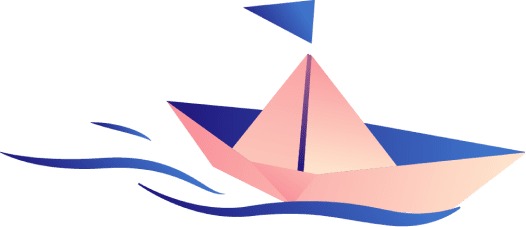How to Use the Facebook Debugger Tool for Shared Posts
If you’re aiming to optimize your website’s content for social sharing or merely troubleshooting issues with existing posts, understanding the Facebook Debugger Tool is an essential skill for maximizing your reach and engagement. In this guide, we’ll delve into the intricacies of the tool, exploring how it works and providing step-by-step guidance on its features to ensure your shared posts look their best.

